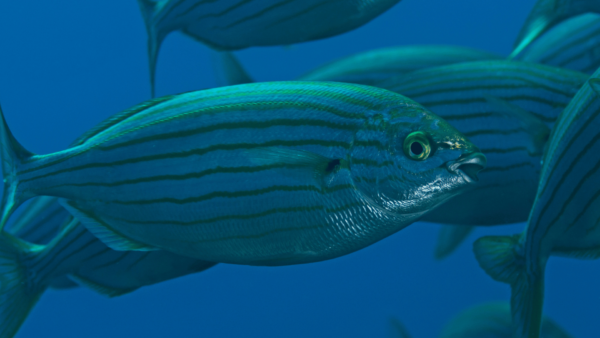Sarpa salpa is also known as sea bream, salema porgy, and dreamfish
In ancient Rome, sarpa salpa was reportedly considered a delicacy and served at banquets on special occasions. The hallucinogenic fish was reportedly used as a recreational drug in the Roman Empire.
Sarpa salpa is commonly found from the Atlantic coast of Africa extending to the Mediterranean Sea, particularly near the Spanish coasts. Due to warmer waters it is now occasionally found around the British coastline.
Ingesting sarpa salpa fish raw or undercooked may produce vivid auditory and visual hallucinations which are often described as LSD-like and lasting for up to 36 hours. The hallucinations are caused by a type of food poisoning called ichthyoallyeinotoxism.
The hallucinogenic properties of sarpa salpa stem from the consumption of a type of marine algae that the fish feeds on.
Sarpa salpa is a popular dish in many Mediterranean restaurants. To avoid these risks, it’s important to ensure that the fish is prepared properly and cooked thoroughly before being served.
Sources
Orsolini L, Ciccarese M, Papanti D, De Berardis D, Guirguis A, Corkery JM, Schifano F. Psychedelic Fauna for Psychonaut Hunters: A Mini-Review. Front Psychiatry. 2018 May 22;9:153. doi: 10.3389/fpsyt.2018.00153. PMID: 29910745; PMCID: PMC5992390.





